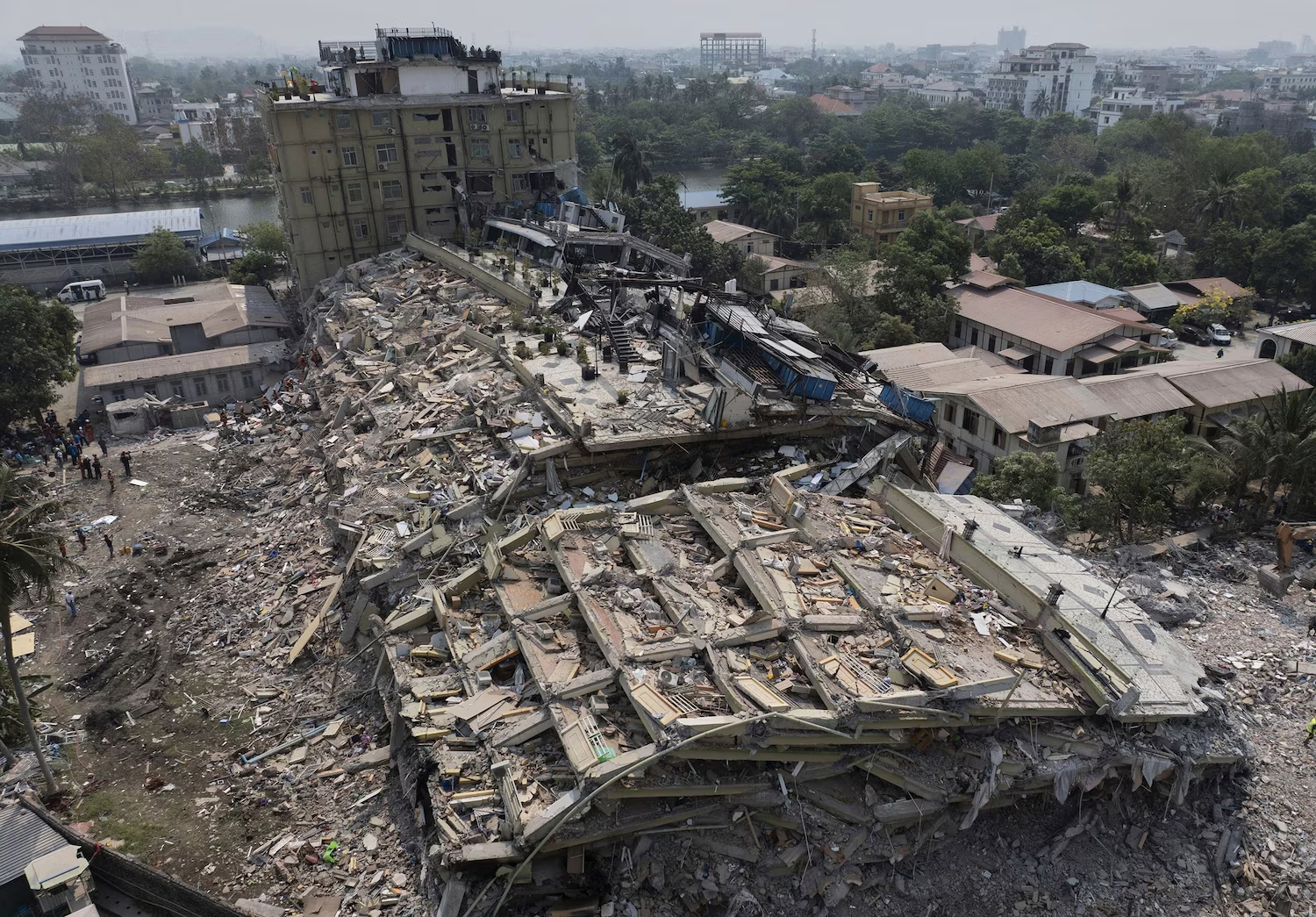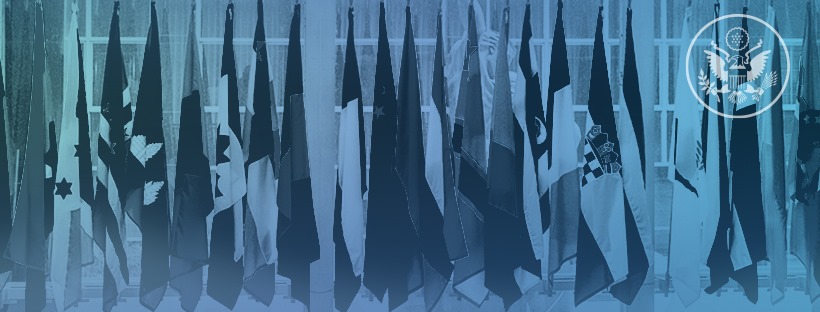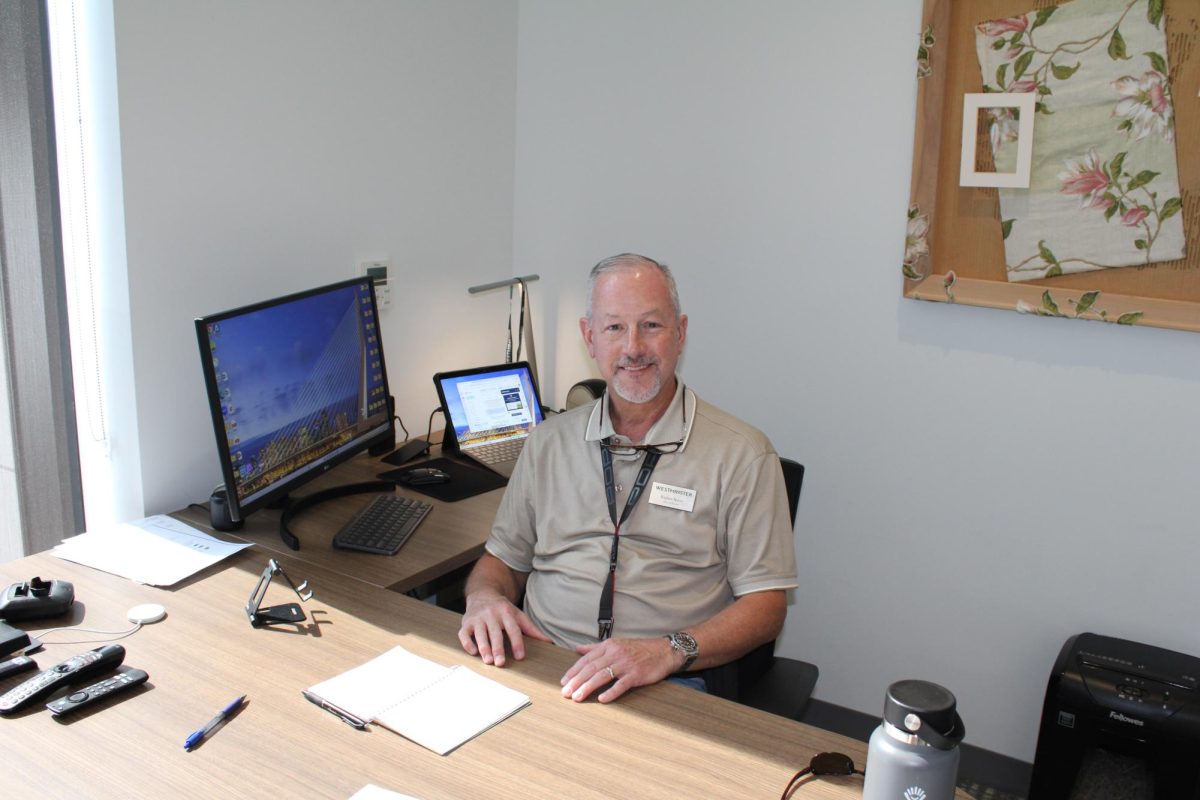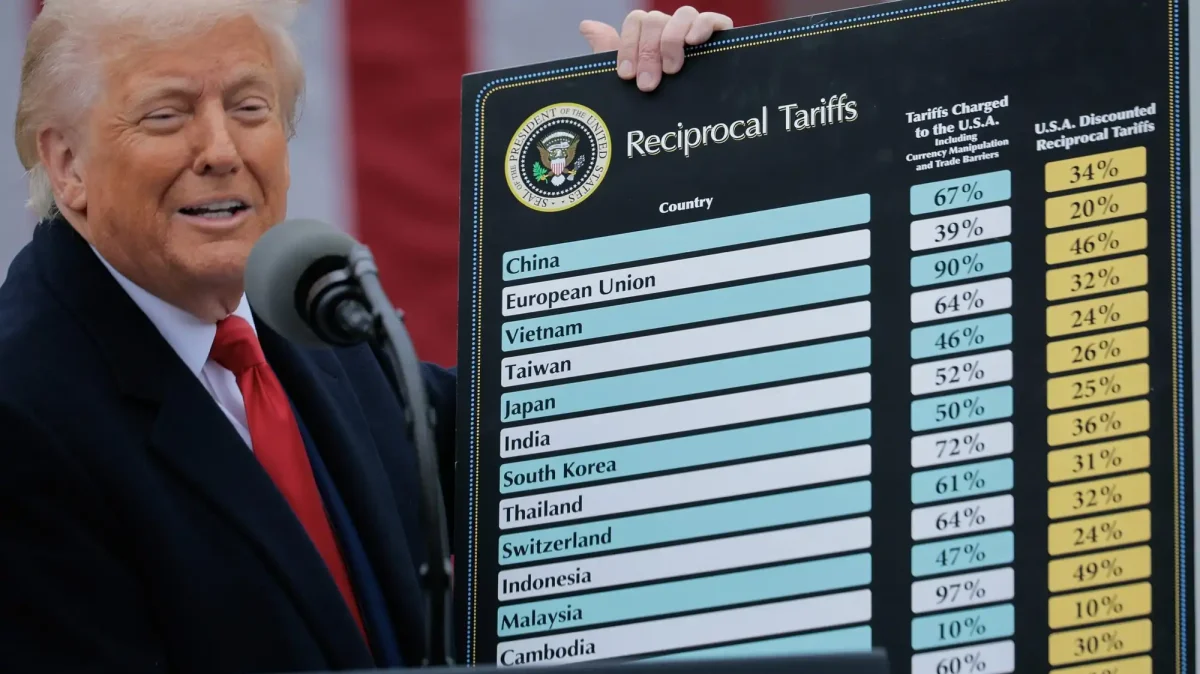A 7.7 magnitude earthquake struck central Myanmar on March 28, killing thousands, flattening entire communities, and sending tremors as far as neighboring Thailand. The aftermath has raised global concern, not only for the physical destruction but for the barriers impeding international aid.
According to AP Environmental Science teacher Caitlin Wilson, the quake occurred along a transform (strike-slip) plate boundary, where tectonic plates grind past each other horizontally.
“They often build up a lot of tension as they get caught on each other,” said Wilson. “When they finally overcome that friction, they release a huge amount of energy in the form of an earthquake.” The rupture occurred along the Sagaing Fault, which extends approximately 1,200 kilometers.
“Myanmar is not only right on a transform boundary but also near active volcanoes and other plate boundaries,” Wilson said. “It’s an incredibly seismically and volcanically affected area.”
Classified as “major” on the Richter scale, the quake devastated areas surrounding the epicenter, which was about 16 kilometers from Mandalay, the nation’s second-largest city. The capital, Naypyidaw, along with Magway and Sagaing in central and northwestern Myanmar, were also heavily impacted.
According to the state-run Myanma Alinn newspaper, over 3,700 deaths have been recorded, with more than 5,000 injuries, 129 people still missing, and approximately 200,000 residents displaced. In total, 65,096 buildings, 2,514 schools, 4,317 Buddhist monasteries, 6,027 pagodas and temples, 350 hospitals and clinics, 170 bridges, 586 dams, and 203 sections of the country’s main highway were damaged. Collapsed water pipelines and sanitation systems also increased the risk of waterborne disease.
The quake’s shockwaves reached Thailand, prompting temporary evacuations in cities such as Bangkok and Chiang Mai. Seismologists explained that a quake of this magnitude can be felt hundreds of miles away due to the region’s geological structure.
Relief organizations such as the Red Cross and Médecins Sans Frontières have focused on delivering clean water, food, and medical supplies. But civil conflict and limited access to remote areas have hindered aid efforts. The International Federation of Red Cross and Red Crescent Societies has received just 10 percent of its $122.4 million emergency appeal. Meanwhile, aftershocks continue—most recently, a 5.5 magnitude tremor near Meiktila on April 13.
Political complications have further slowed the response. Sanctions from the U.S. government, including a freeze on foreign aid following Myanmar’s military coup, remain in place to avoid legitimizing the ruling junta. Critics argue that aid must be delivered independently to prevent manipulation by the military. The Association of Southeast Asian Nations (ASEAN) is evaluating coordinated efforts, though concerns persist about inadvertently empowering the regime.
“The first and most urgent response is recovering living people,” Wilson said. “But after that, it’s all about rebuilding—and that takes years.” Long-term recovery includes restoring infrastructure, safe shelters, and clean water systems.
“Disrupted water pipelines and damaged treatment plants pose a serious risk to both people and ecosystems,” she added. “Clean water is the number one thing that has to be brought in.”
As Myanmar faces the devastating consequences of one of its strongest earthquakes in recent memory, the global response will be a test of international solidarity amid political and humanitarian challenges.
Edited by Selena Patel







